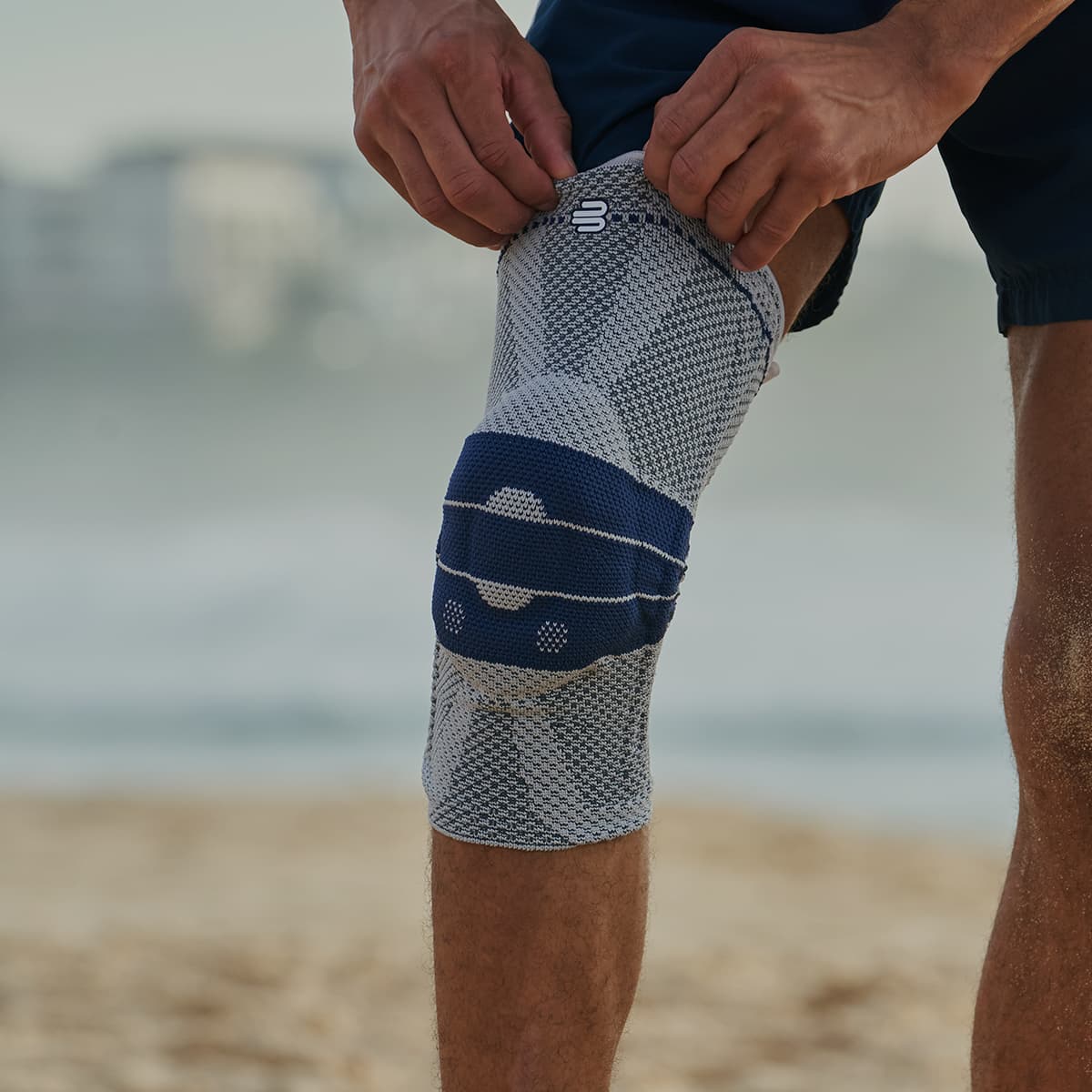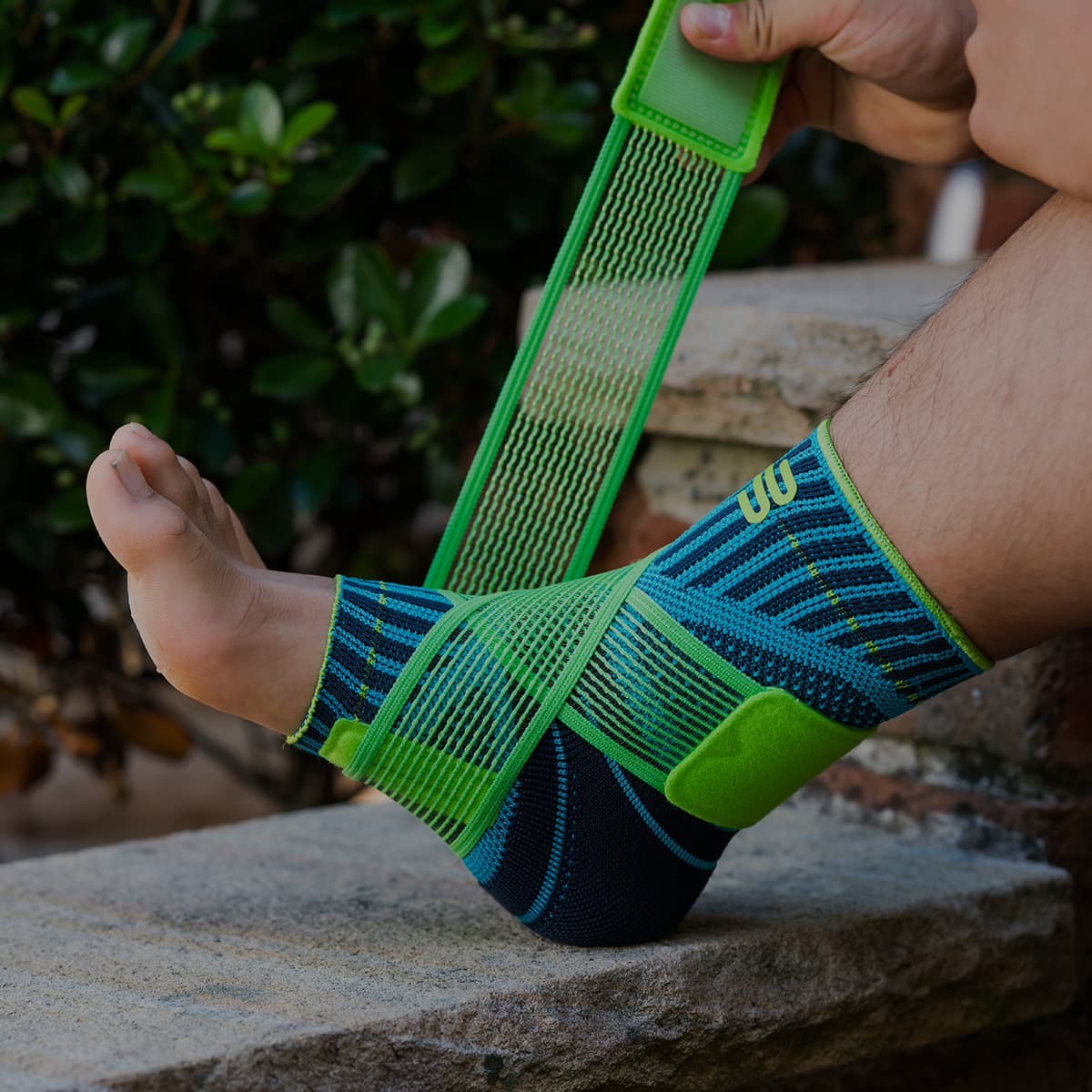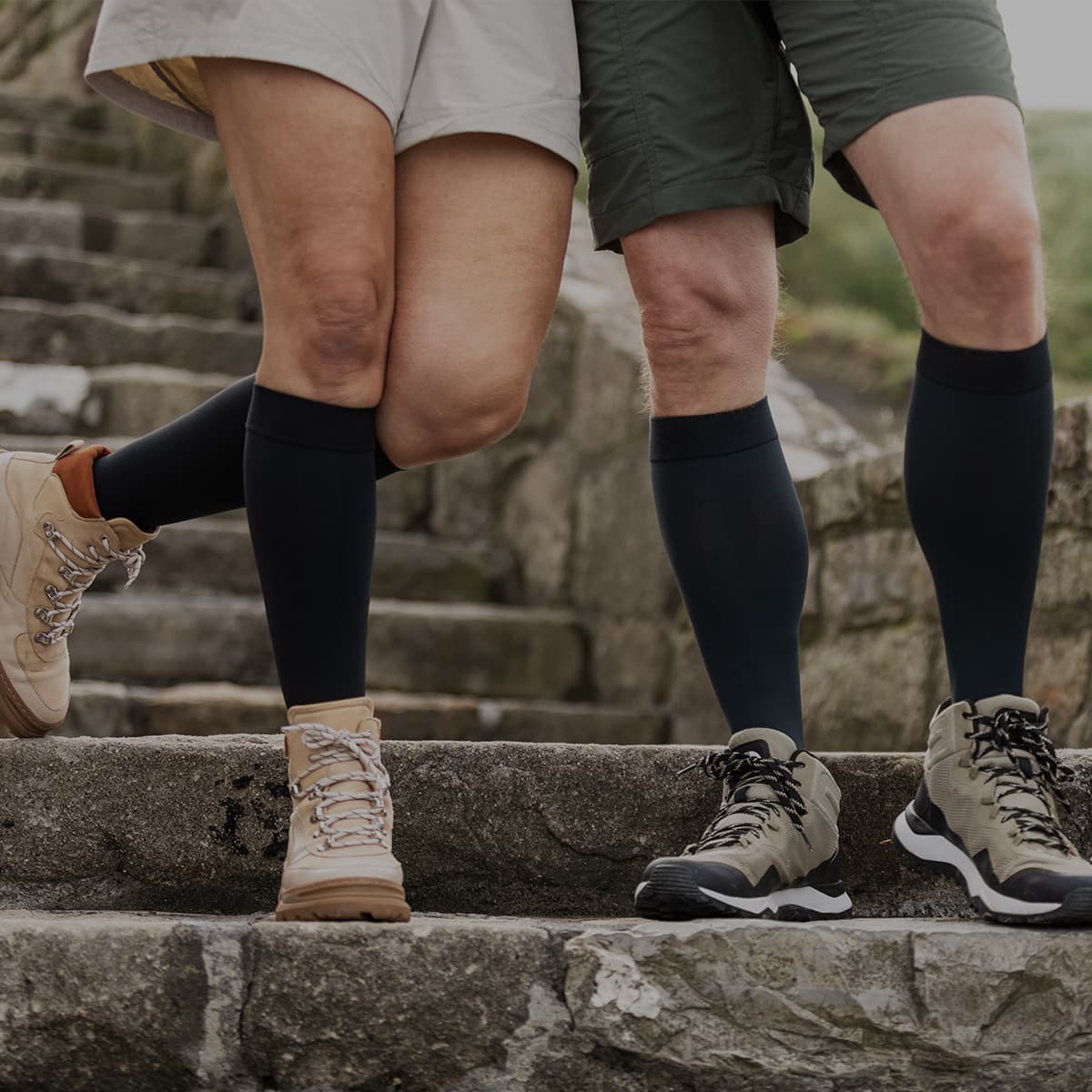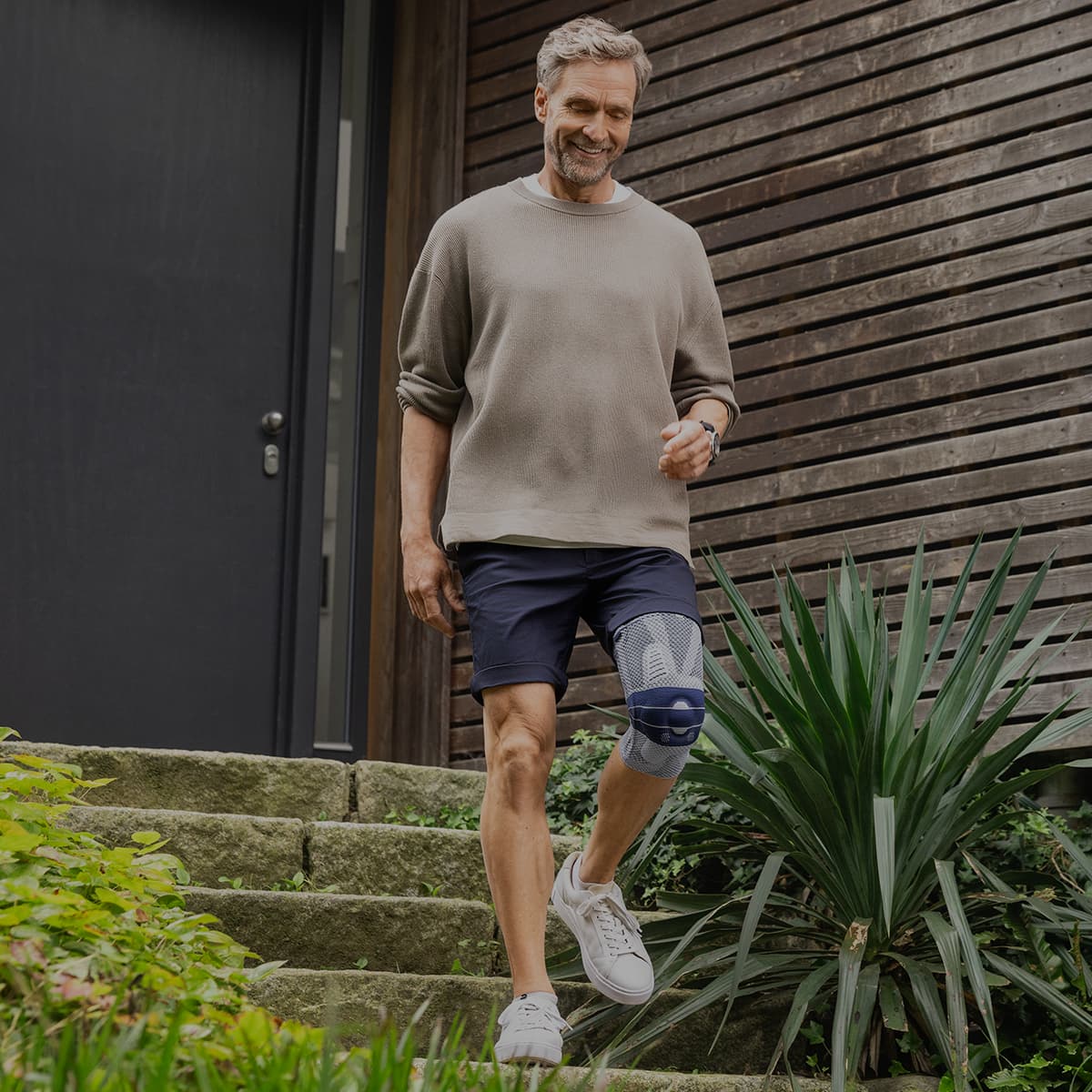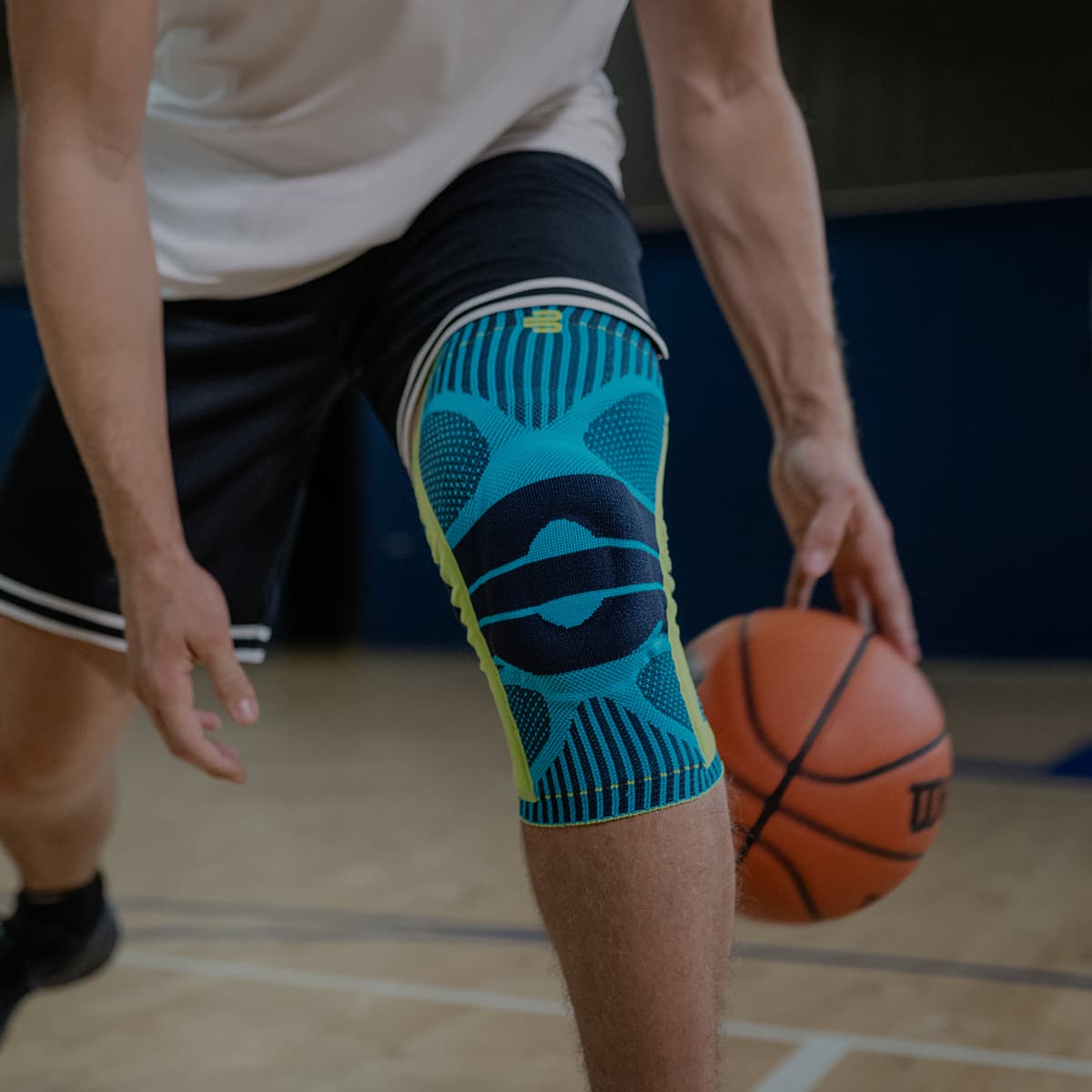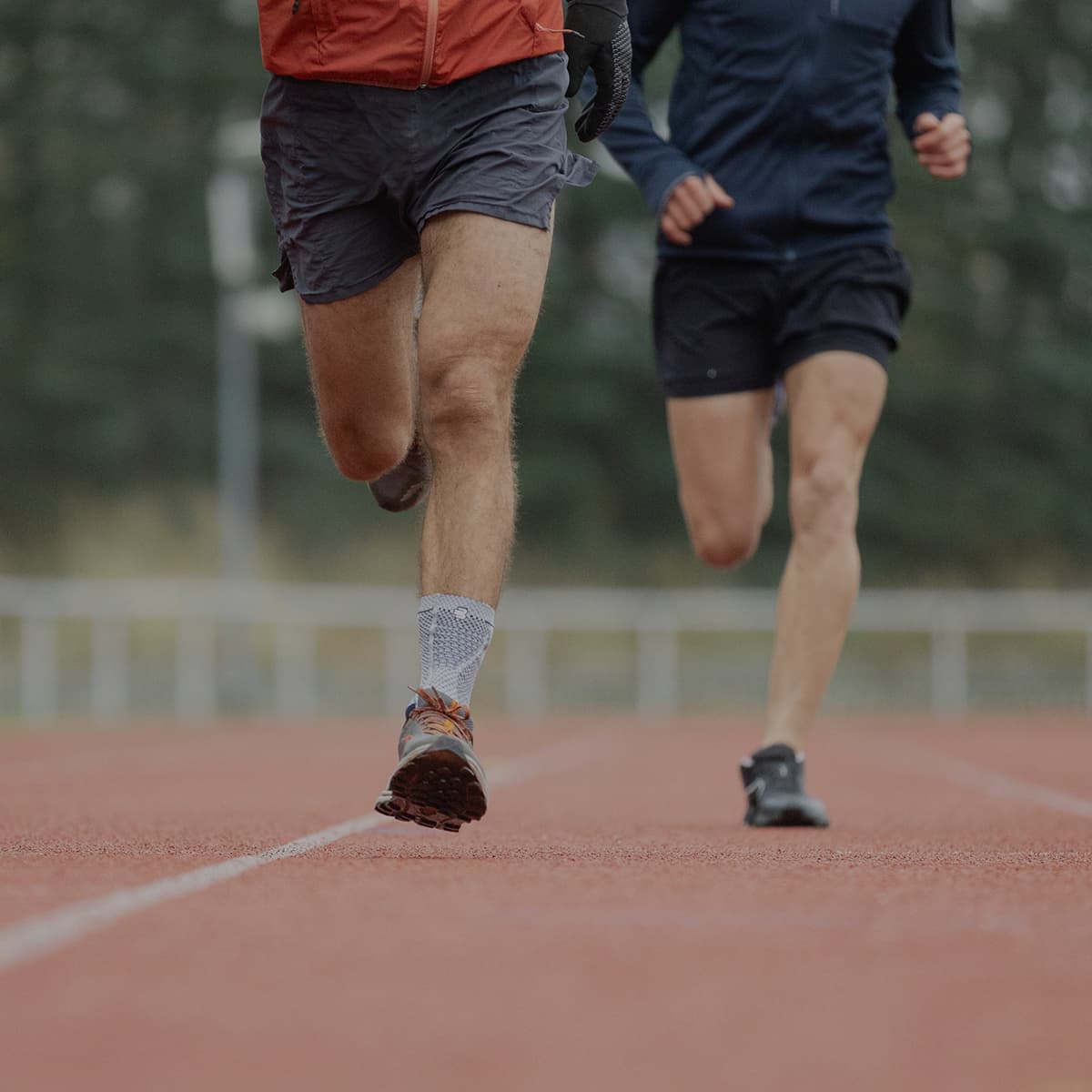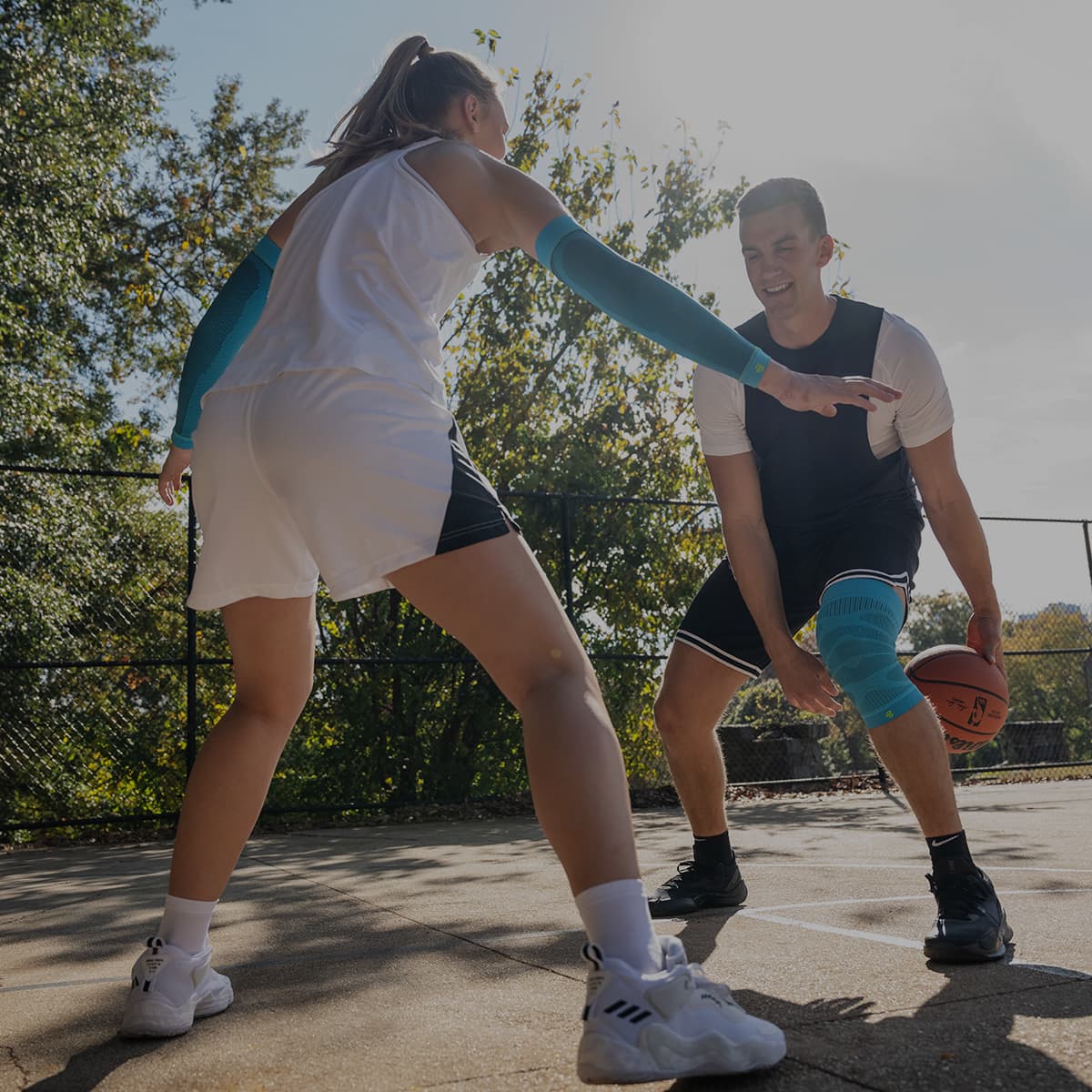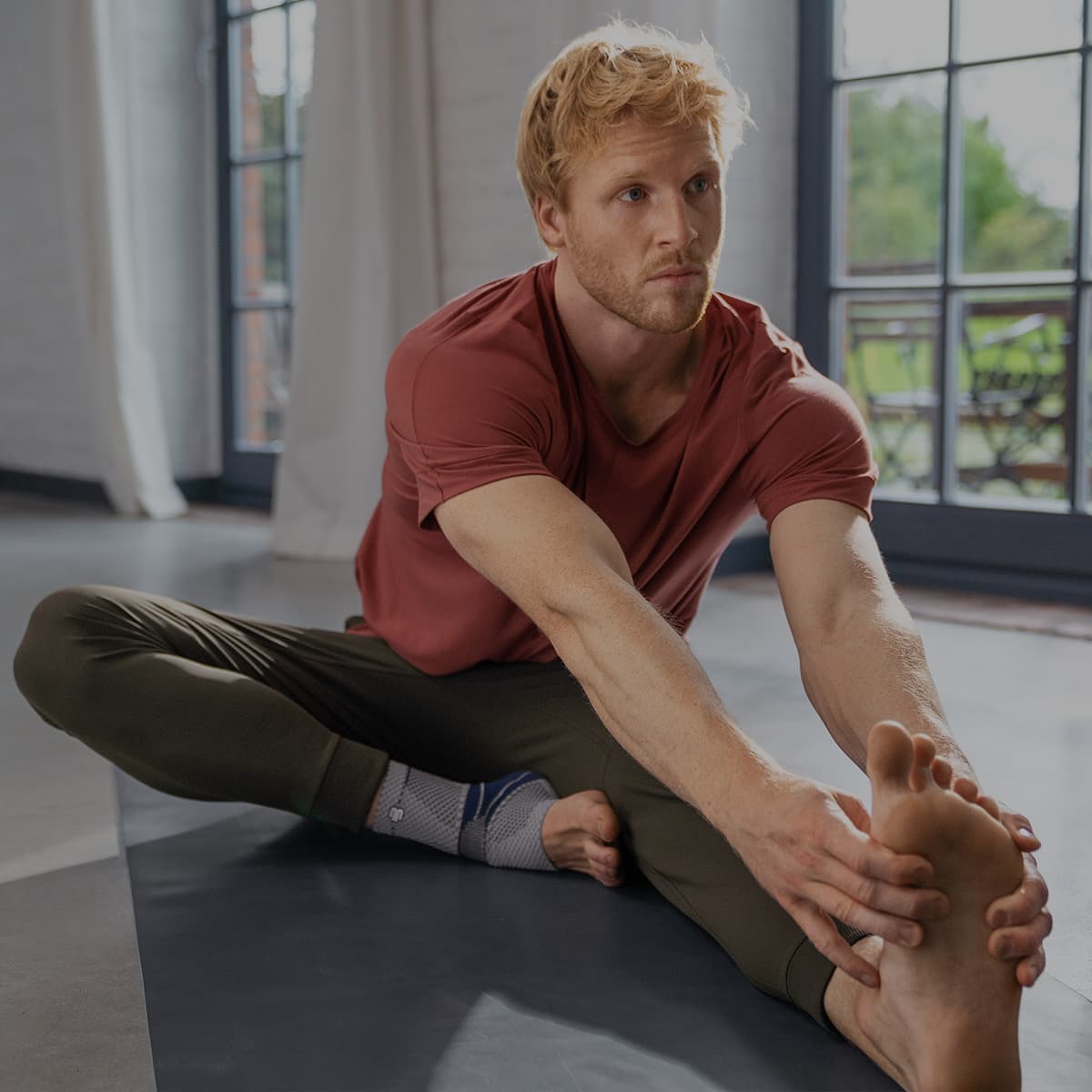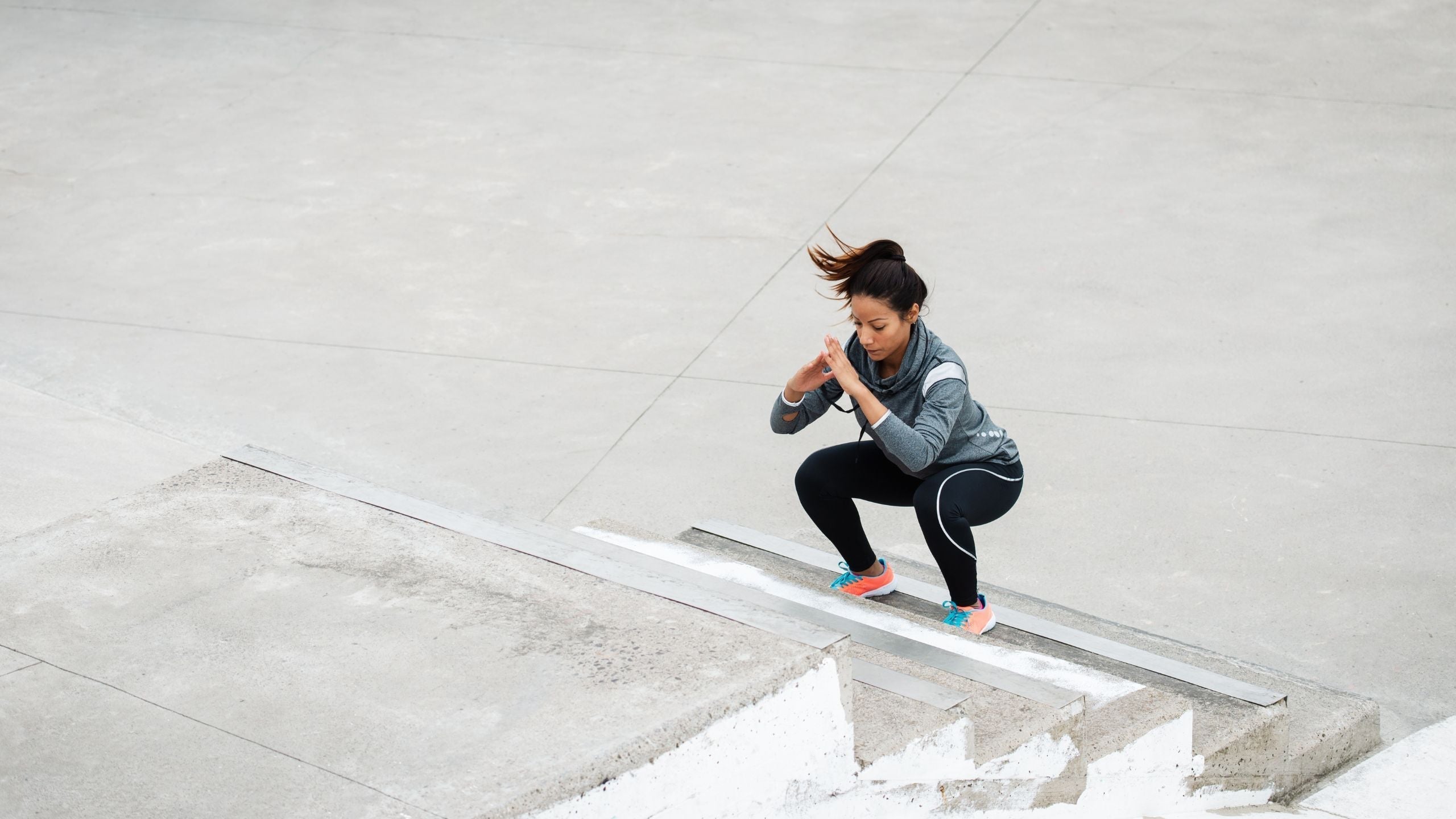What is SI Joint Osteoarthritis?
The SI joint, also known as the sacroiliac joint, is the point where the spine meets with the pelvis. The SI joint facilitates the transfer of power from the upper body to the lower body and allows us to perform complex movements like twisting, turning and jumping.
Long term wear and tear of this joint can lead to osteoarthritis of the spine or SI Joint. A patient suffering from this condition will experience pain during simple movements including walking, getting up from a seat or getting out of the car. Inflammation of the sacroiliac joint is also known as sacroiliitis.
In chronic cases, degeneration of the SI joint severely restricts mobility and is accompanied with severe pain in the back and hip area.

Causes of SI Joint Osteoarthritis (Sacroiliitis)
SI Joint osteoarthritis is a debilitating condition. The commonly known risk factors that lead to the development of the disease include:
- Uneven stress on the sacroiliac joint. For example, through bad proprioception or one-sided training.
- Physical deformations. For example, a difference in the length of the legs can result in uneven load distribution on the joint.
- Pre-existing conditions like rheumatism and obesity.
- Age-related wear and tear of the SI joint.
- Trauma or injury to the pelvis and the sacroiliac joint.
Mild cases of SI Osteoarthritis are easier to manage. However, as the condition is degenerative, symptoms will worsen over time if the condition is left neglected. Thus, it is imperative that professional medical treatment is sought as soon as possible.
SI Joint Osteoarthritis Symptoms
Unlike other diseases, the symptoms of SI Joint arthritis or sacroliitis affects multiple parts of the body including the buttocks, side hips and lower back. The most common symptoms that are observed include:
- Severe hip and lower back pain, especially after sitting for long periods of time.
- Restricted mobility.
- Radiating pain into the legs on movement.
- Severe pain in the morning and a gradual decrease as the day progresses.
- Sharp pain when bending or turning the upper body.
In chronic cases, the pain is permanent and worsens when under stress. The damage is irreversible and in the worst-case scenario, the cartilage may wear out entirely. This causes the bones in the hip to rub against each other, which may consequently result in a complete change in the structure of the SI Joint joint.
Diagnosis of SI Joint Osteoarthritis
Diagnosis of SI Joint Arthritis in its early stages is difficult, given the non-specific back pain. However, a professional medical specialist can perform a physical examination and provocation tests to diagnose the condition. This allows the specialist to apply pressure on the SI joint to narrow down the point of pain and localise the issue.
SI JOINT XRAY
Sophisticated imaging technology, like X-rays and MRI’s, can help detect abnormalities in the structure of the SI joint and also get a clear idea of the progression of the disease. In later stages of the condition, changes in the joint structures are visible in these images. An effective treatment path can be determined once enough information has been gathered.
Treatment of SI Joint Osteoarthritis
-
Lifestyle Changes
- Lifestyle changes in the early stages can help slow the progression of the condition.
- Avoiding stressful activities, like intensive manual labour and vigorous exercise, is an effective measure a patient can take in their daily life. Wearing a back brace while doing intensive activity,
- Healthy nutrition and weight loss can help reduce the weight resting on the hip joint and is beneficial in managing SI arthrosis.

-
Rehabilitation And Physiotherapy
- Regulated physiotherapy helps with weight loss and targeted muscle building and is a proven effective treatment path.
- The prescribed exercises can help promote reorganisation within the muscles and are the most effective option to curb the disease.
- Encouraging healthy proprioception and muscle strengthening helps prevent long term degeneration and can slow the progression of SI arthrosis. It is crucial to involve exercise and physiotherapy for a complete treatment path.

-
Heat Application
Applying heat, through the use of heat pads, has shown to alleviate pain in buttocks and legs. Heat application, in combination with remedial massage and hydrotherapy, can be effective in managing pain and swelling.
-
Prescribed Medication
Medication, such as Ibuprofen or Panadol, can be used to help alleviate pain and swelling caused by coxarthrosis. Anti-inflammatory medication should be used to effectively manage the symptoms and provide much-needed relief to the lower back and pelvis.
-
Medical Back Braces
It is highly recommended that ample support to the back is provided through the use of a medical back brace. The targeted compression and support that braces provide can help boost stability and muscle activation and reduce the possibility of further injury. Additionally a comfortable and well designed back brace should also reduce the need for reliance on painkillers with medical studies* showing by up to 52% as well as 4.8 fewer sick days due to back pain. Bauerfeind’s back braces, like the SacroLoc, help to compensate for the weak sacroiliac joint and provide much needed stability. Targeted compression, that the braces provide, helps boost circulation and reduces the possibility of effusions and edema.
Surgical Intervention
Operative surgery is considered only in extreme cases where symptoms are persistent, and all conservative treatments have been exhausted. In chronic conditions, the pain experienced by patients is permanent.
Arthrodesis (stiffening) is a surgical procedure uses screws and titanium rods to increase the stability of the sacroiliac joint and provide a greater range of motion. Surgery with stiffening has been found to help restore mobility.
Orthosis for SI Joint Pain & Osteoarthritis
Medical braces are an effective tool in managing symptoms associated with SI Joint arthritis as well as slow the progression of degeneration. Braces, like Bauerfeind’s SacroLoc Back Brace, relieves tension in the affected area and provides support.
The SacroLoc stabilizes and straightens the pelvis through its inclusion of tensioning straps. Two cushioning gel pads are featured, which gently massage the muscles during movement and relieve pressure in the sacral region.
The breathable fabric and the Velcro fastener make it very comfortable to wear under daily clothing and suitable for both preventative and post-operative measures.
References:
* “Controlled trial of a back support (LumboTrain) in patients with non-specific low back pain”, Valle-Jones J., C.; Walsh H.; O´Hara J.; O`Hara H.; Davey N., B.; Medical Consulting Centre; Essex (1992)

